The Department of Anthropology celebrated World Anthropology Day on February 17, 2022 by organizing a photography contest. The Anthropology Students Association and graduate students in Anthropology worked together to select the theme of “Finding Hope.”
We received eight creative submissions from graduate and undergraduate students in Anthropology. Three winners were chosen by the Department of Anthropology faculty members.
1st Place
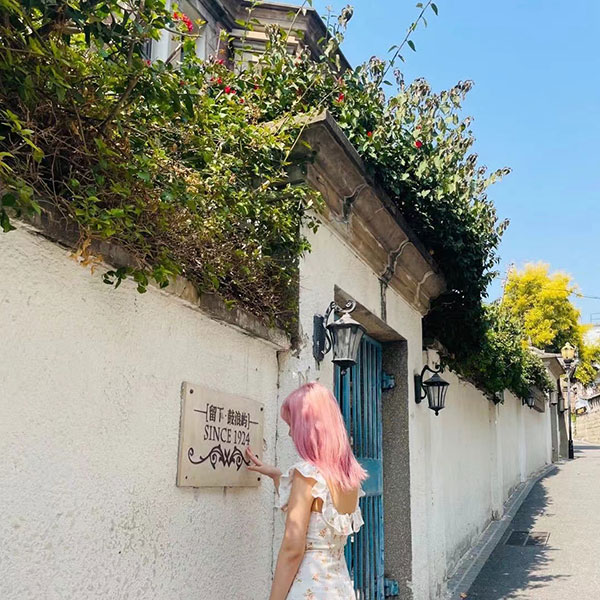
For me, finding hope is to 留下stay, to keep the moment. This is a photo taken in Gulang Island, Xiamen, China.
— Vonnie Li
2nd Place
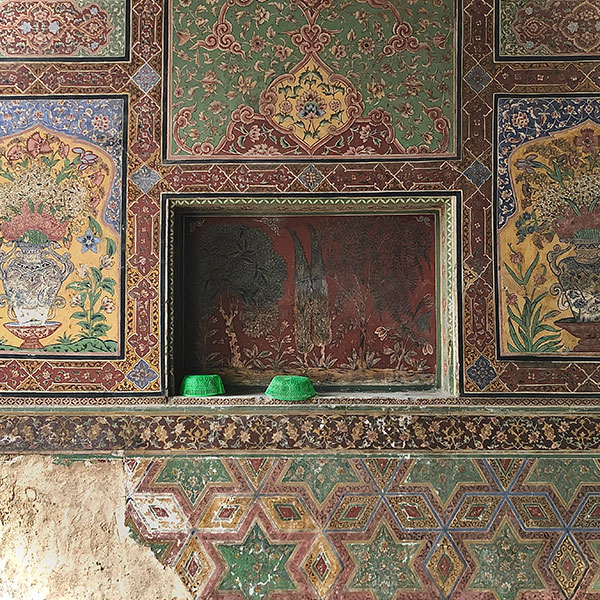
"With Hope in Mind". Green Muslim skullcaps placed in Wazir Khan Mosque. Lahore, Pakistan. Captured on an iPhone.
— Aneeqa Rashid
3rd Place
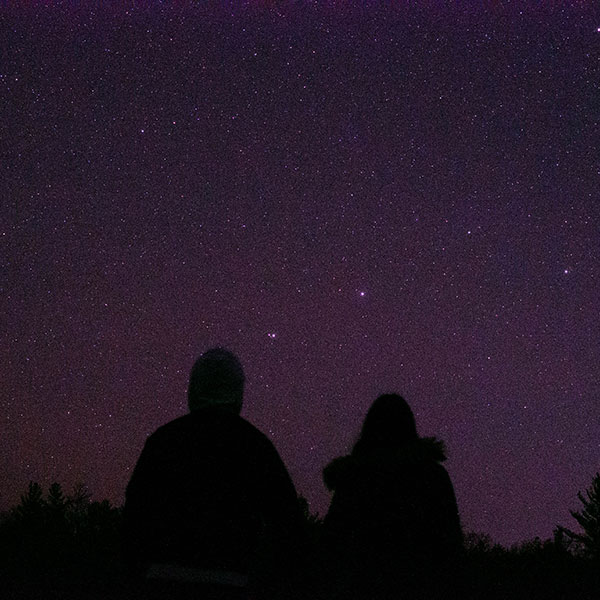
I believe my photo represents Finding Hope in a way that the two people watching the countless stars in the sky in the night forest. Wishing on a star for the better tomorrow is to find hope for the future, as all our ancestors did.
— Min Lee
Although 3 winners were chosen for this contest, the department wanted to celebrate World Anthropology Day by highlighting each submission and how it related to “Finding Hope.”
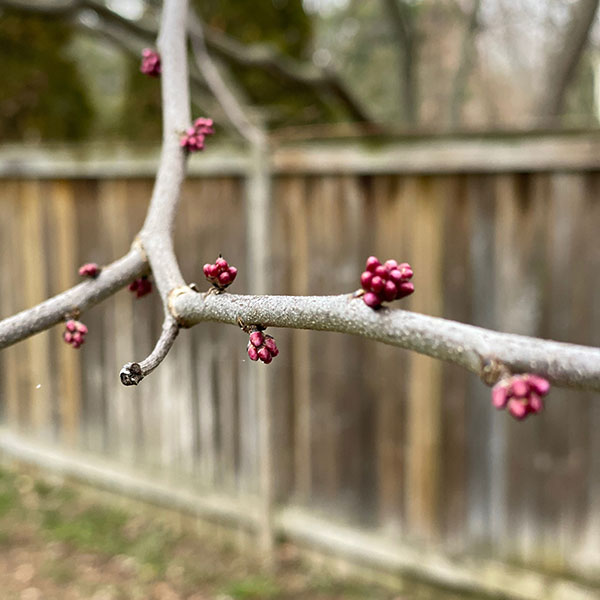
Finding hope in unexpected places during unprecedented times.
— Tori Harper
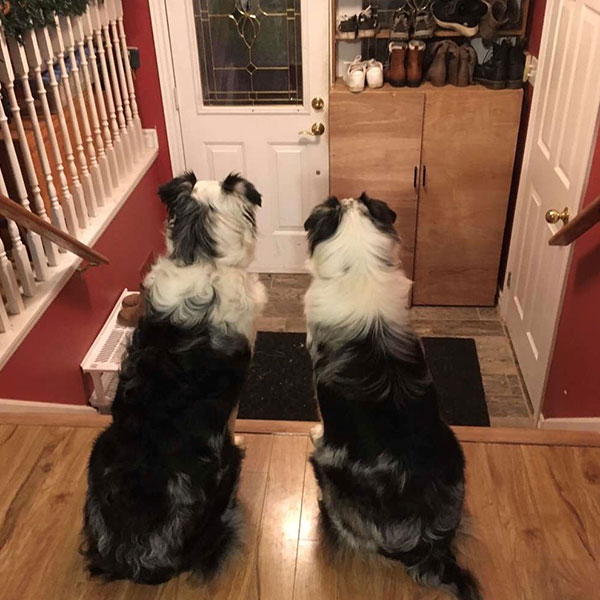
Although it can be interpreted in many different ways, this photo represents the hope my puppies feel as they wait patiently at the door for my Mom after her hard day of work. Hope is what my puppies find in their love for my Mom as they squeal with excitement when she walks through the door.
— Lindsay LeBlanc

This is a picture of Alexandria Ocasio Cortez that I took while working for the Bernie Sanders Campaign in Iowa. I find this picture hopeful because the Bernie Sanders Campaign offered so much hope for so many Americans. Even though he didn't win, his campaign represents a movement that still fights to this day.
— Celia Ringstrom
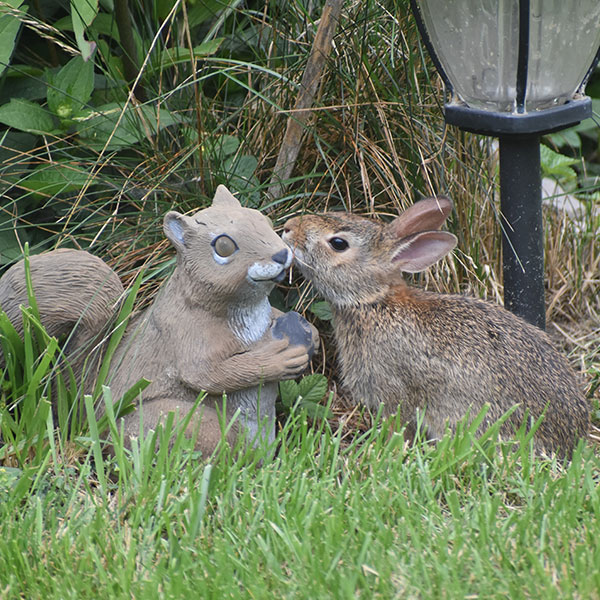
Aside from being a student I am also an amateur wildlife photographer. I photograph urban and suburban wildlife in the Toronto and GTA areas. Most of my recent photographs have been taken in my own backyard during the pandemic (I live in a suburban location North of Toronto).
I took this photograph of a young Eastern Cottontail rabbit from a window overlooking my backyard, in the summer of 2021 during the COVID-19 pandemic. In the last two years –especially the summers— I noticed a wide variety and high numbers of animals coming to my garden. This bunny was in fact born in my backyard and I named him Tonino. I took many photos of this bunny and his mother.
I took this photo of Tonino as I saw him approaching an ornament of a squirrel holding an acorn that I have in the garden, at the edge of a flower bed. This photo may seem whimsical as Tonino the bunny appears to be kissing the false squirrel. But my photograph intends to be symbolic of the isolation that we humans have been experiencing during the COVID-19 pandemic, and the need to find and meet friends despite the social distancing and restrictions we need to follow. Ironically, the isolation of humans in their houses allowed the wild animals to roam free. I thought that the fact that many fledging animals appeared in my garden during the pandemic was a sign of hope and a reminder that life was still going on despite the despair and loss of human life caused by the pandemic. I believe that this photo conveys a sentiment that is relevant to both human-animal communication and the anthropology of animal cognition.
— Norma Elida Detfurth
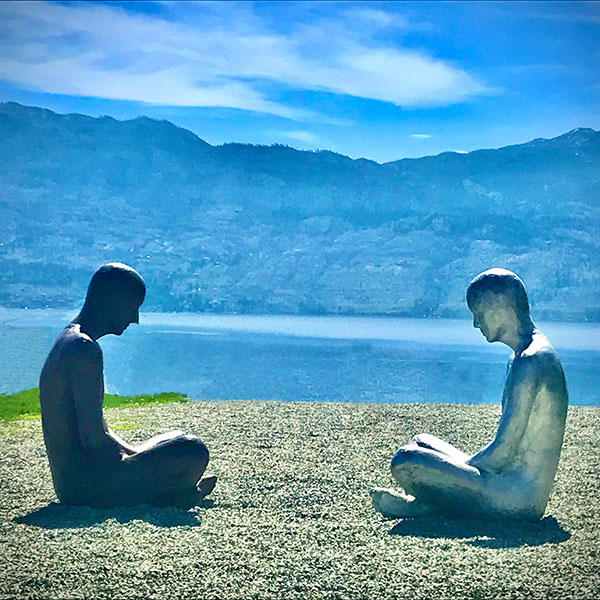
The image points out the infinite possibilities of hope as a sign that humans yet to come are striving to build channels of communication between the many human and nonhuman species. Generally, finding hope is driven by a crisis of it that lays out in multiple scenarios in in which we are located right now. The slow pacing of this image illustrates the trust and accountability needed for vulnerable dialogues that involve multiple actors and actresses in a world in crisis of hope.
— Luisa Isidro Herrera
